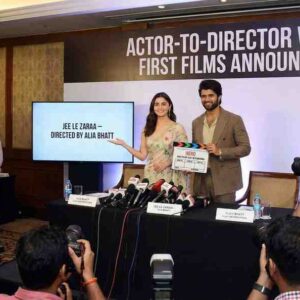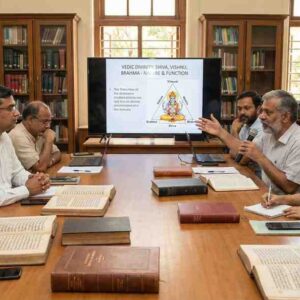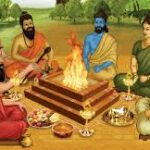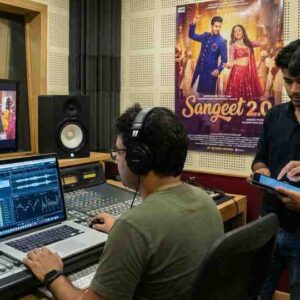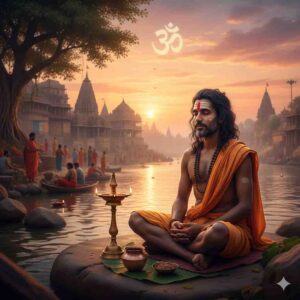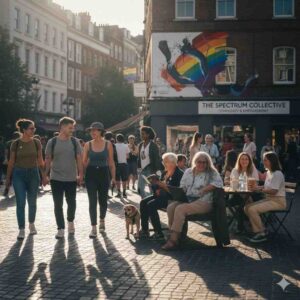Mumbai – 2025
It’s a familiar contrast on any music app today: on one side, a folk-infused ballad heavy with metaphor and silence; on the other, a punchy, bass-driven track made for reels and weddings. One is built for introspection. The other for instant reaction.
Both find their place. But the battle betweenlyrics with depth and rhythm-driven party anthemsreflects a deeper cultural question:
Are Indian listeners moving away from poetic storytelling in music—or is the audience simply splitting into two divergent sensibilities?
The Golden Age of Lyricism
Indian music has always been a lyrical force. From theUrdu finesse of Sahir Ludhianvi,Gulzar, andKaifi Azmi, to the spiritual-philosophical resonance ofKavi PradeepandJaved Akhtar, film music once mirrored literature in both structure and soul.
Songs werenot just entertaining—they were expressions of philosophy, heartbreak, revolution, and social reflection.They were oftenmemorized like verses of scripture, sung in protest, longing, or hope.
Enter: The Beat-Driven Era
The last decade, however, saw a commercial shift:
- Tempo replaced tone
- Hooks replaced verses
- Soundbites replaced stanzas
Songs are increasingly designed formaximum virality and minimal retention—built for the scroll, not the soul.
Tracks likeNaach Meri Rani,Kala Chashma 2.0, andJugnuoffer sonic adrenaline but limited lyrical shelf life. The rise of club culture, digital soundscapes, and short-form platforms has emphasizedbeat-first experiences.
Listener Behavior: A Generation Split?
Data from Spotify India (2024) reveals an intriguing trend:
- Under-25 listeners prioritize vibe, beats, and energy
- 25+ audiences, especially in Tier-1 cities, engage more with lyrics, context, and musical arrangement
- Regional languages (Marathi, Tamil, Bengali, Malayalam) see higher engagement with lyrical nuance, especially in semi-classical or folk fusion genres
This suggests acoexistencerather than extinction of deep lyrics.
The Middle Ground: New-Age Poets in Pop Garb
Some artists are bridging the divide:
- Anuv Jain, Prateek Kuhad, and Asees Kaur embed poetry in lo-fi aesthetics
- Amitabh Bhattacharya, Irshad Kamil, and Varun Grover bring depth even in commercial Bollywood
- Osho Jain, Hanita Bhambri, and Rahgir represent urban storytellers in the indie circuit
These voices prove thatlyricism isn’t dying—it’s diversifying.
Industry’s Role in Shaping Taste
The preference for dance beats isn’t purely organic—it’s heavily marketed.
Labels invest more in tracks that:
- Do well on reels
- Fit party playlists
- Require minimal lyrical interpretation
Poetic tracks are seen as “slow burns,” less likely to yieldinstant metrics—and thus receive fewer marketing dollars.
What the Future May Hold
As artificial intelligence begins generating both lyrics and tunes, and as younger audiences embrace music as mood more than message,the role of meaning may continue to narrow.
Yet there will always be a space—however niche—for songs thatarticulate what cannot be said in conversation.
Because at the heart of Indian music, across centuries, remains a listener who—even in the noisiest club—will pause at a line that makes them feel seen.


